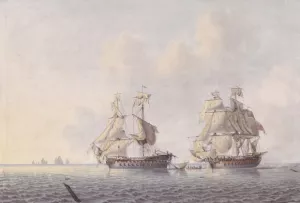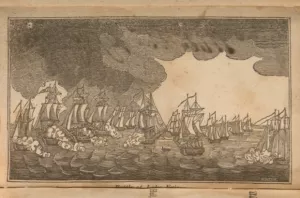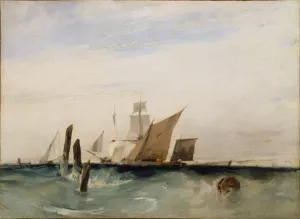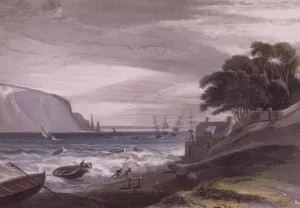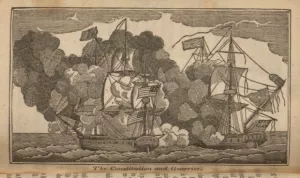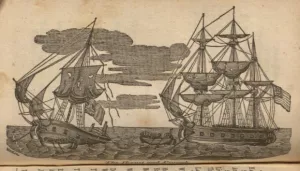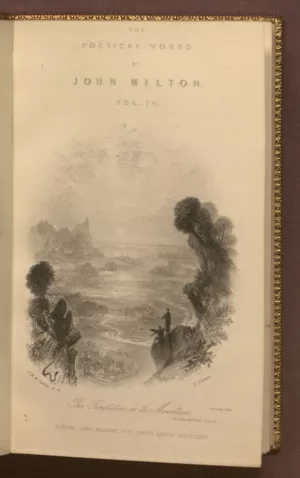Even in a setting evocative of the mundane—such as that of laborers working through the night in JMW Turner’s Keelmen Heaving Coals by Moonlight, or in the refreshing daytime setting of Richard Parkes Bonington’s Seapiece: Off the French Coast—the sea suggests something more significant in the works of many Romantic-era artists. Whether it be the fading edge of a barely distinguishable horizon, the careful rendering of shadow and light, or the movement captured in the foaming wave, these artists capture a certain mystery, a volatility, in their depictions of water which suggests the power of nature as a whole. This series of images not only conveys the enigmatic nature of the sea, but also implies the subsequent connection between harnessing such a power and establishing a nation’s pride. For an era still learning what lay within its depths and beyond is horizon, the sea held eternal potential, and so the battles waged over who could lay claim to it were deeply tied to a nation's sense of superiority.


